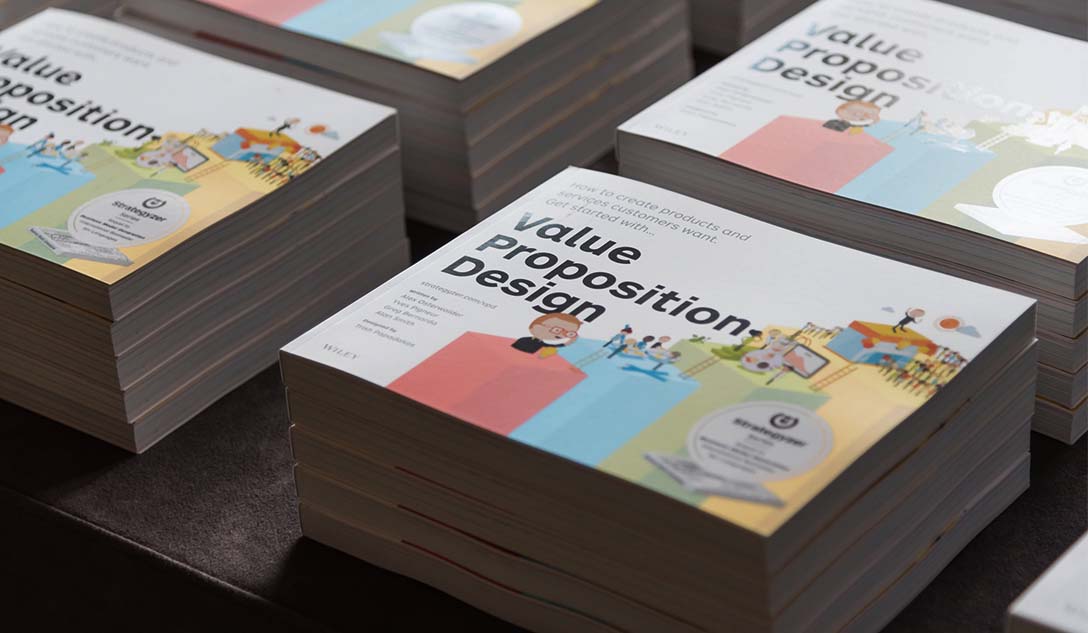Ecosystems rule over products now

A few days before I grabbed a beef chilli lunch in London with Sunghan Kim at Samsung Design Europe’s office, the South Korean giant had posted some stellar financial results. As well as chalking up 81 percent growth in net income for the first quarter of 2012, it also overtook Nokia as the world’s top supplier of mobile phones. Its margins now rival those of Apple’s (between them they accounted for 99 percent of the mobile phone industry’s profits in the same period). Still Sunghan underplays Samsung’s triumphs, focusing instead on the challenges ahead.
He is approaching the end of a five-year term as chief of Samsung’s European satellite office and will return to the Seoul mothership in August. Sunghan has held the reins during a transformational period. It has become the biggest technology company by sales, as its traditional rivals, Sony and Nokia, have faded. The rules of the game have also changed: As well as competing with Apple in hardware, it now competes with a new set of competitors such as Google and Facebook in software and services. To help retool for new these challenges, Sunghan has recently completed an MBA specializing in service innovation. His strategy: capturing the value in what he calls the ‘platform economy.’
Sunghan makes a broad distinction between OS platforms, such as Android, iOS, and Windows, and service platforms like Facebook, Amazon, and iTunes. Not so long ago, Samsung controlled the whole product experience around their phones and TVs. The headache now is that, while it has its own fledgling mobile OS platform called Bada, most of its products and services now slot into ecosystems of interdependent partners owned by others. At one level, this all sounds rather familiar to the corporate-strategy MBA types who have been excited about business-model innovation since the dotcom boom. But what credible role can designers play in this next push?
Sunghan gives a glimpse of the complexity Samsung now faces in this new competitive landscape. Each ecosystem partner is jostling to maximize the value it can capture along the customer journey. Not only are many of their platform stakeholders also competitors, some that don’t pose threats today might become forces to be reckoned with tomorrow. Even platform owners have to walk a fine line: They have to open their product enough to attract partners and profit while ensuring that they retain control. This multisided market of buyers and sellers of hardware, software, service, distribution, and advertising then needs to be re-created for new areas for innovation. Samsung’s growing scope of operations–it recently announced a move into generic pharmaceuticals for example–means that the combinations of potential stakeholders are immense, and developing new offerings often entails building brand new ecosystems. Sunghan likens the projects he now works on to building new businesses rather than developing the products he was designing not so long ago.
The big design leadership challenge is the familiar one of managing design’s input and role in large cross-functional teams. ‘Design is more of a community-based activity now,’ he reflects. For designers to succeed, they need to be able to collaborate with team members from different disciplines. We mull over to what extent product and service designers need to become with familiar with business modeling, or merely work effectively alongside business analysts. For Sunghan, it’s both. Just as in the Noughties, many product, UX, and service designers taught themselves how to code, in his view, designers in the coming decade will need to have a working knowledge of business modeling, especially at the concept stage, and learn multidisciplinary collaboration for the development phase.
As well as buffing up on ecosystem economics, there are also new craft skills to master. Designers have long played a pivotal role in mocking up or prototyping new ideas. This talent for making intangible ideas and discussions more concrete for multidisciplinary teams is even more valuable when talking about complex platform systems. However, Sunghan notes, the design communication tools he uses for current projects do not look like the prototypes of yesterday. He prefers to call early manifestations of concepts ‘boundary objects’–a term he borrows from sociology to mean a common body of information that separate disciplines understand but use in different ways.
In his modest but ambitious way, Han has set himself and Samsung’s designers a challenge that will define the company’s future success.







